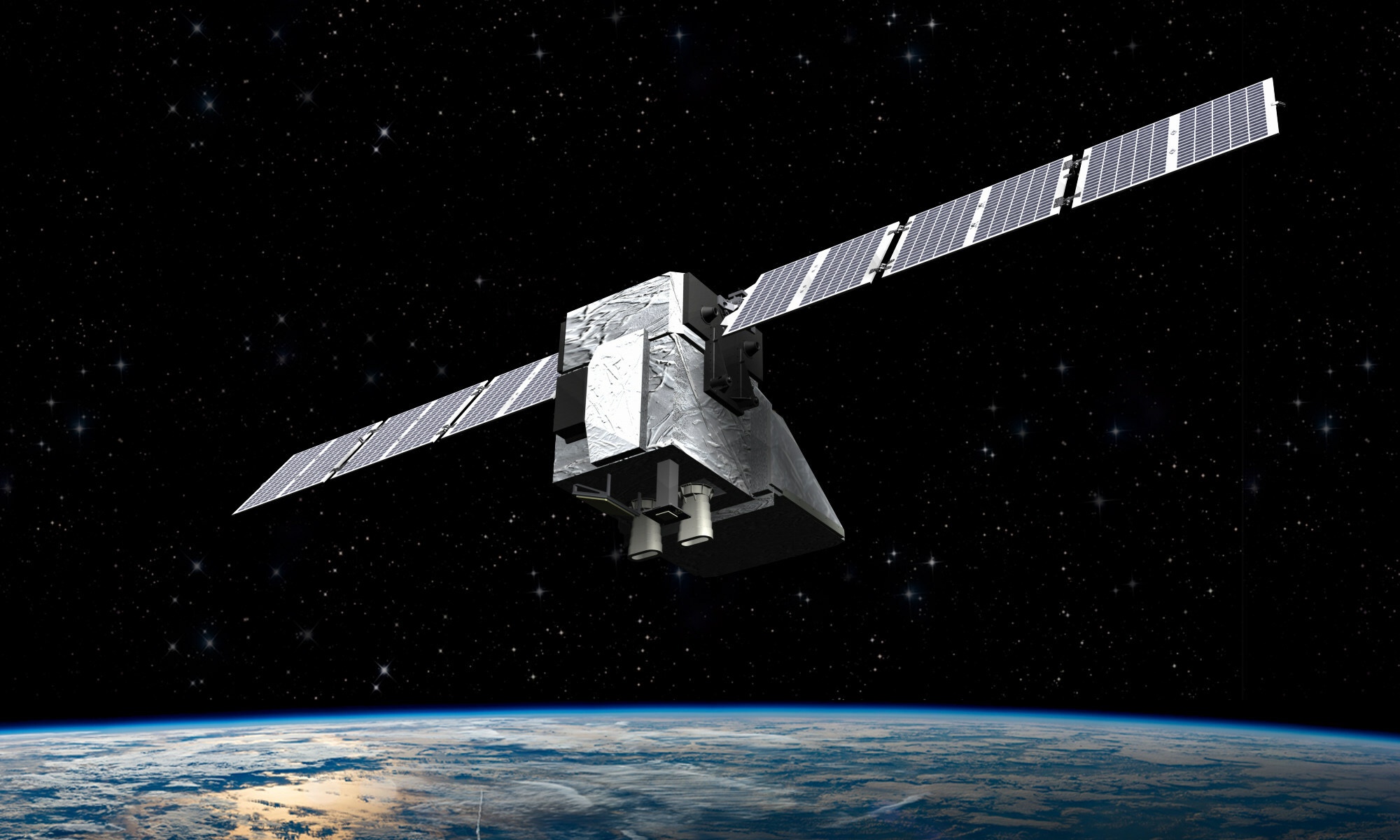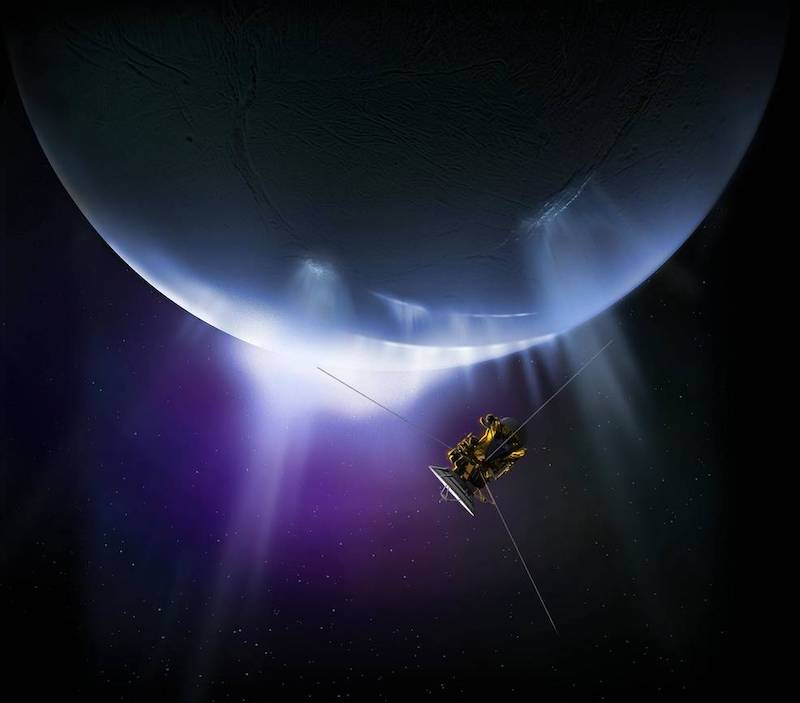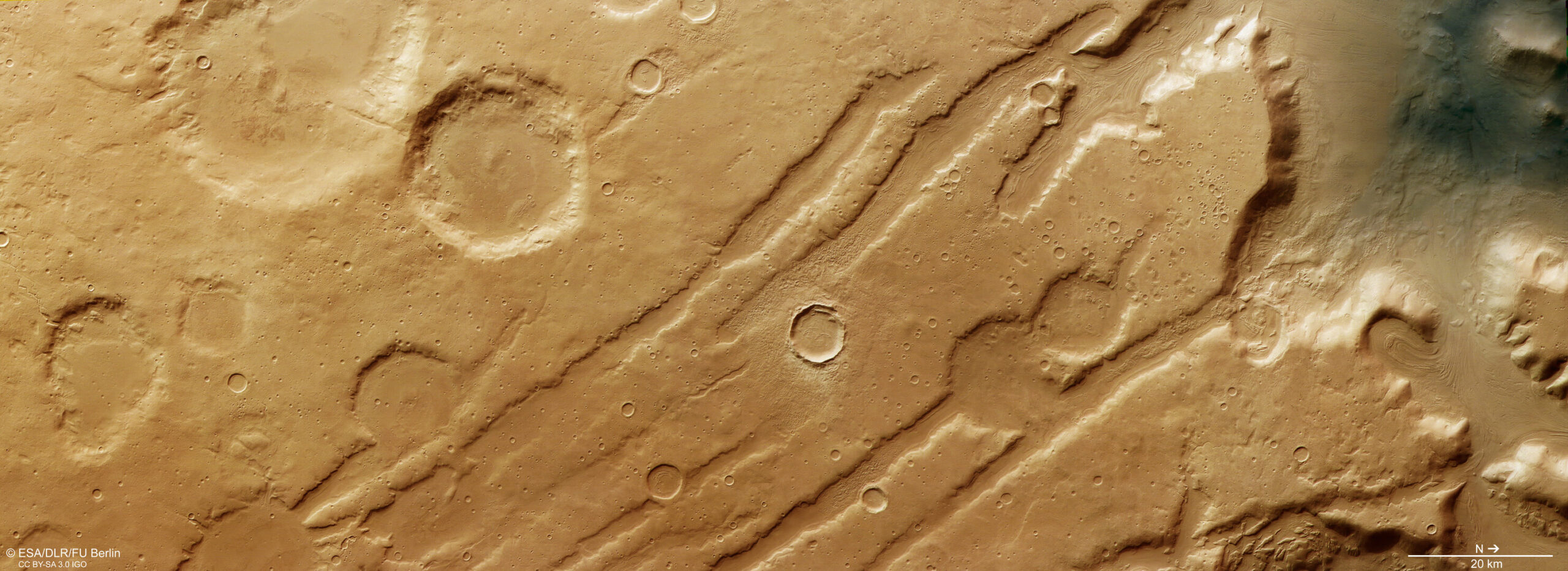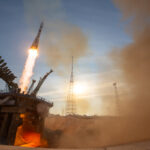WASHINGTON — An investigation into the loss of a privately operated methane monitoring satellite could not identify a single root cause for the spacecraft’s failure earlier this year. MethaneSAT, a
A severe (G4) geomagnetic storm lit up skies across the Northern Hemisphere overnight (Nov. 11-12), with vivid northern lights visible across Canada, the U.S, and as far south as Mexico.
Alien: Earth was the franchise’s first-ever incursion into the TV space, daring to ask the question, “What if Alien, but good again?” The answer? A critical hit and one of
Space Safety 12/11/2025 468 views 5 likes In brief On 11 November 2025, an intense solar flare was observed, with a peak around 10:04 UTC. This was followed less than
Artist’s concept of the Cassini spacecraft sweeping past Saturn’s moon Enceladus and its famous water vapor plumes. In a new analysis of data from the Cassini mission, scientists measured heat
Science & Exploration 12/11/2025 583 views 17 likes Travelling up from Mars’s equator towards its north pole, we find Coloe Fossae: a set of intriguing scratches within a region marked
In “Tachyon Tunnel 3,” the latest installment of Gorton’s acclaimed series, readers are catapulted into a realm where the boundaries of science, love, and destiny intertwine in an exhilarating narrative
Astronomers have discovered that the Seven Sisters of the Pleiades star cluster have more stellar siblings than we thought — a lot more. Using NASA’s exoplanet hunting spacecraft TESS (Transiting
The year 2025 marked three decades of satellite navigation in Europe. To celebrate this milestone, on 2 September, the European Space Agency (ESA) opened the doors of ESTEC, its research
Firefly Aerospace has identified a minor hydrocarbon contamination as the cause of a combustion incident that occurred during a recent ground test of its Alpha Flight 7 rocket’s first stage.
-
 012024 in Review: Highlights from NASA in Silicon Valley
012024 in Review: Highlights from NASA in Silicon Valley -
 02Panasonic Leica Summilux DG 15mm f/1.7 ASPH review
02Panasonic Leica Summilux DG 15mm f/1.7 ASPH review -
 03How New NASA, India Earth Satellite NISAR Will See Earth
03How New NASA, India Earth Satellite NISAR Will See Earth -
 04And Thus Begins A New Year For Life On Earth
04And Thus Begins A New Year For Life On Earth -
 05Astronomy Activation Ambassadors: A New Era
05Astronomy Activation Ambassadors: A New Era -
06SpaceX launch surge helps set new global launch record in 2024
-
 07Space Force plans new ‘Futures Command’ amid pressure to speed up modernization
07Space Force plans new ‘Futures Command’ amid pressure to speed up modernization















